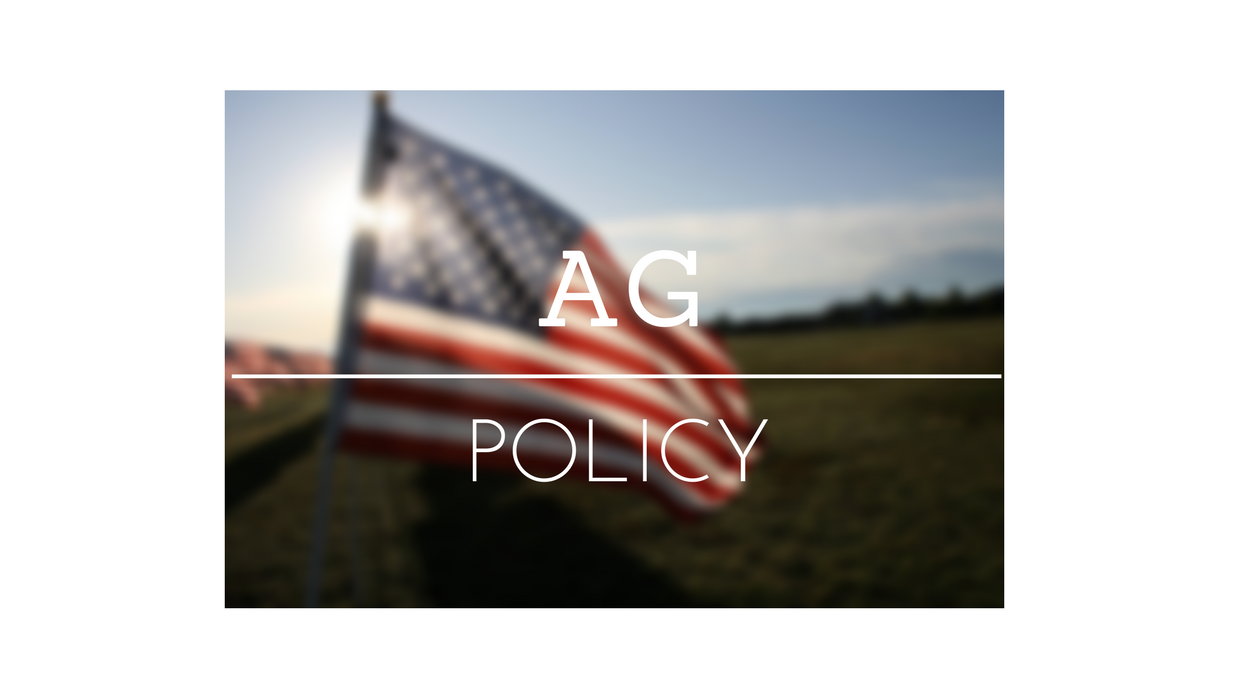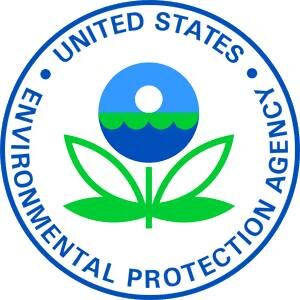In a move that the Kansas Corn Growers Association called “unprecedented,” the Environmental Protection Agency recently announced that it is reopening the finalized re-registration of the herbicide atrazine, according to the Triazine Network, a coalition of agriculture groups that have been involved in regulatory issues related to triazine herbicides since 1995. Its main manufacturer is Syngenta. Between 65 million and 85 million pounds are applied on corn each year.
Farm groups are urging farmers to submit comments during the new 60-day comment period. The Triazine Network says the EPA’s move “put[s] this key crop protection tool and today’s carbon-smart farming practices at risk.”
“We are disappointed by EPA’s decision, said Iowa farmer and National Corn Growers Association President Chris Edgington. “We can feed and fuel the world and fight climate change, but we can’t do these things without modern farming tools, and atrazine is a tool that is critical to our work.” The NCGA said the move “marks a step backward in EPA’s commitment to transparency and the use of the best available science.” But he said EPA will listen to growers’ requests.
Atrazine is one of a group of man-made systemic herbicides called triazines. More than 300 products contain atrazine, including 90 herbicide mixtures, many of which can only be used by professionals. Those products are used on corn, sorghum, wheat stubble, and on crops such as sugarcane, macadamia nut groves and guava. Products containing atrazine can be concentrates, granules, liquids or ready-to-use sprays. Atrazine interferes with photosynthesis in some broadleaf plants and grasses. It is taken up by roots and leaves and moves upward in the plant to areas of new growth, drying out the plant, which then dies. Older leaves on plants may be affected more than new leaves. Root growth is not affected by atrazine. First registered for use in 1958, it is used for broadleaf weeds both before and after they sprout, and also on some grassy weeds. Root growth is not affected.
The Center for Food Safety claims it is an endocrine disruptor in mammals. Ten years ago, research by Tyrone Hayes of the University of California-Berkeley suggesting that atrazine in the water supply feminized male frogs received widespread publicity. In 2012, without admitting liability, Syngenta agreed to pay $105 million toward filtration costs for more than 1,000 community water systems in Illinois, Missouri, Kansas, Indiana, Iowa and Ohio.
At issue for EPA is the aquatic ecosystem concentration equivalent level of concern (CE-LOC). In a published decision that concluded the registration review of atrazine in 2020, EPA set the atrazine CE-LOC at 15 parts per billion. Environmental activist groups retaliated with a lawsuit in the Ninth Circuit Court of Appeals. This opened the door for EPA to shift tactics and alter its decision. EPA has now proposed an ultra-low CE-LOC of 3.4 ppb, which would have devastating impacts on farmers.
Farm groups are saying any decision that would effectively ban atrazine would prevent growers from using carbon-positive no-till practices. “To say growers are frustrated is an understatement,” said Greg Krissek, Triazine Network co-chair and Kansas Corn Growers Association CEO. “The science hasn’t changed since 2020 when EPA set the level of concern at 15 parts per billion. EPA is playing politics with this decision and should not adopt this ultra-low level of concern. We are urging farmers to oppose EPA’s regulatory tricks and submit comments to EPA during the 60-day comment period this summer.”
EPA floated the 3.4 ppb number in a draft proposal in 2016 and received over 30,000 comments opposing the ultra-low level. In 2019, the agency stated in a regulatory update it would use the 15 ppb CE-LOC and solidified that number in the published 2020 Interim Registration Decision. In a June 30 news release, EPA claimed it had always intended to use the ultra-low 3.4 ppb level instead of the 15 ppb level published in the 2020 decision.
“EPA is saying that while it published the decision for the reasonable 15 ppb level, they didn’t mean it,” Gary Marshall, Triazine Network co-chair and former Missouri Corn Growers Association CEO said. “Now they are saying we should ignore what was published in the Federal Register, claiming it’s always been 3.4 ppb, a level based on flawed studies thrown out by a previous Scientific Advisory Panel.”
“EPA’s proposal would render atrazine unusable for many farmers and force them to abandon carbon-smart no-till practices in key areas of the Midwest,” Krissek said. “While EPA is proposing mitigation measures for farmers to use in areas that would exceed the CE-LOC, our farmers are already concerned many of those methods won’t be viable on their farm. For example, one suggested method is to incorporate atrazine into the soil, which would end years, if not decades, of no-till practices on those fields.”
Farmers are saying that before any part of this proposal is implemented, EPA must stand by its promises to convene a formal FIFRA Scientific Advisory Panel to specifically explore the scientific basis for the proposed CE-LOC revision and ensure high-quality research supports the proposal.
“EPA personnel told us the agency would convene a formal SAP to provide guidance on this matter. However, the news release and docket documents refer only to an ‘external peer review.’ That is not the same thing,” Krissek said. “We urge EPA to publicly commit to convening a formal FIFRA Scientific Advisory Panel to advise the agency on this matter. This SAP incorporating the latest peer-reviewed studies is key to ensuring EPA’s proposed CE-LOC is supported by valid scientific evidence.”
The Triazine Network is encouraging farmers to submit comments to EPA during the upcoming 60-day comment period. Visit www.epa.gov/dockets/where-send-comments-epa-dockets to learn more about how to comment on the EPA website. The review docket ID number is EPA-HQ-OPP-2013-0266.
David Murray can be reached at [email protected].



